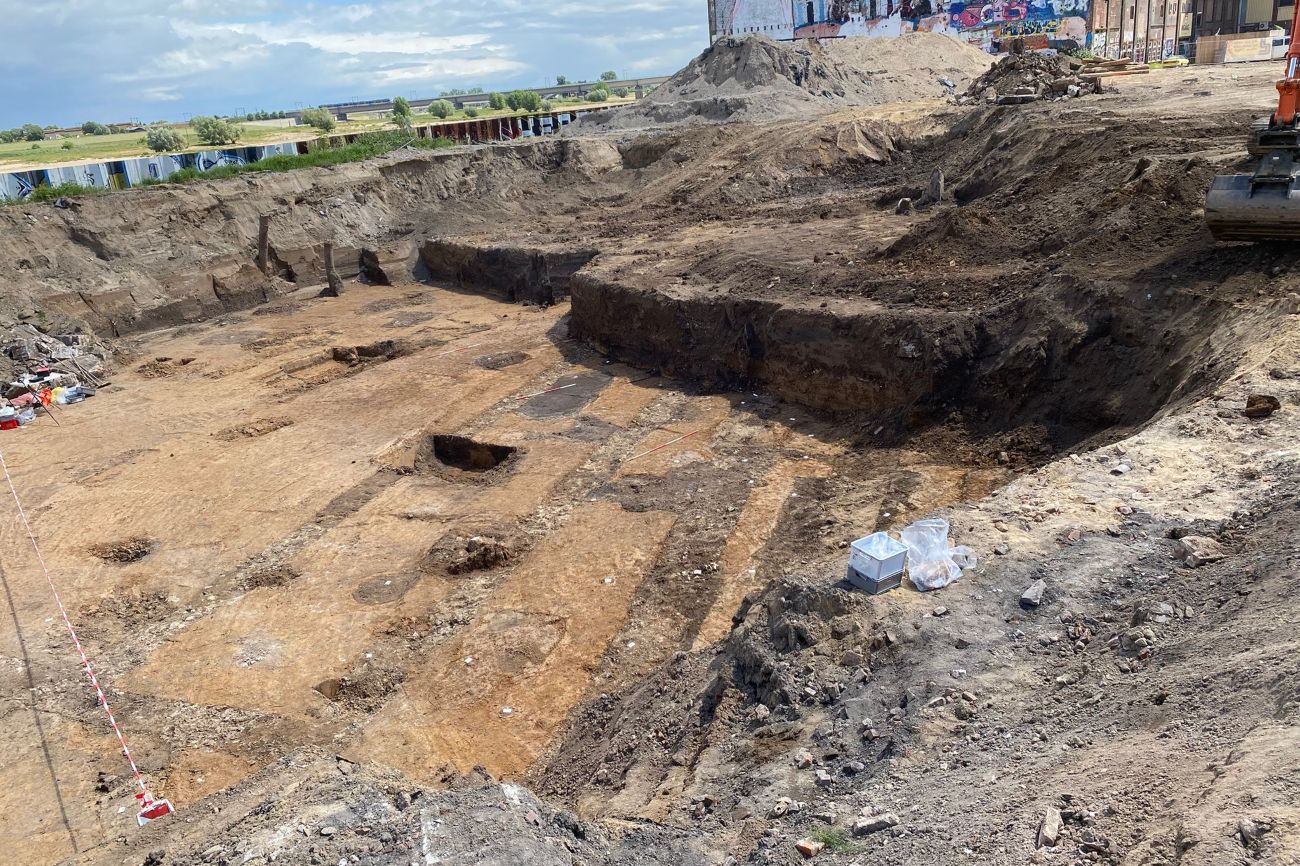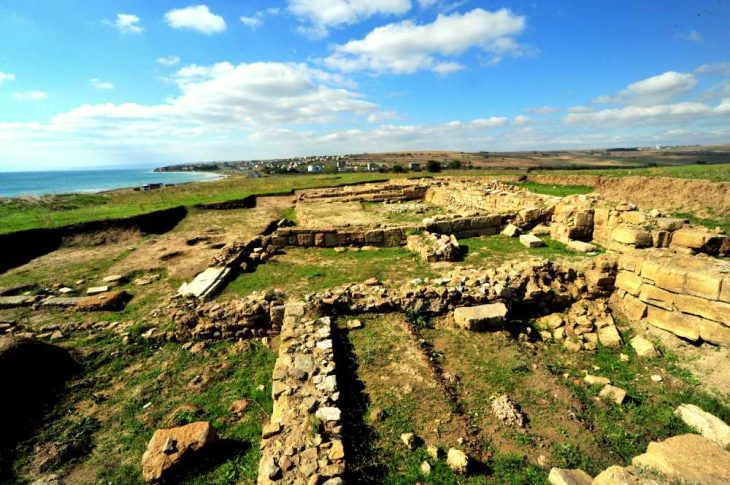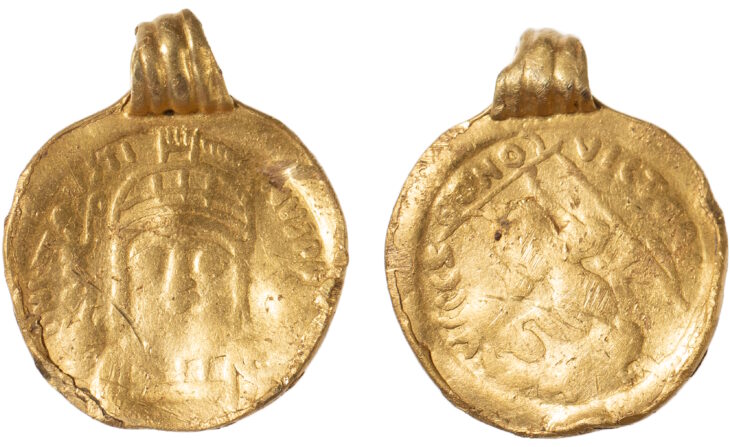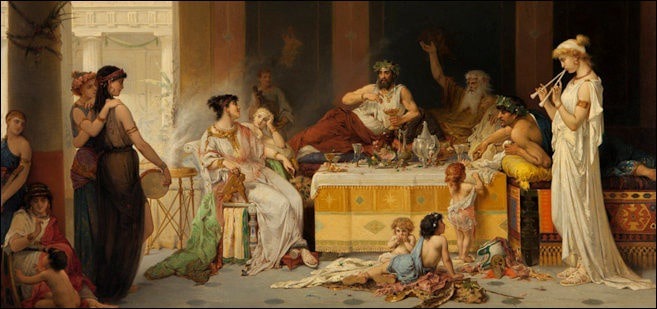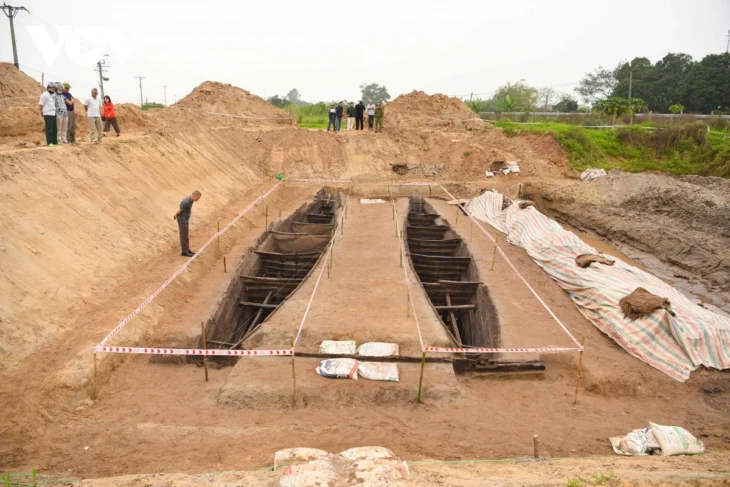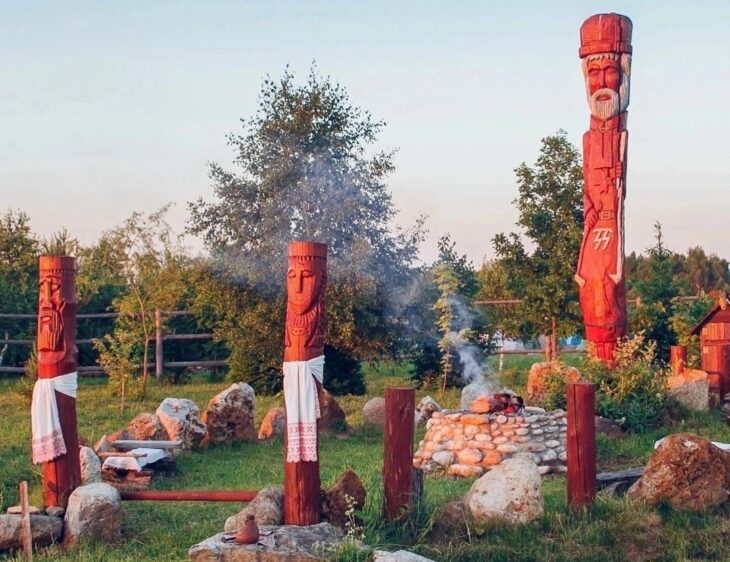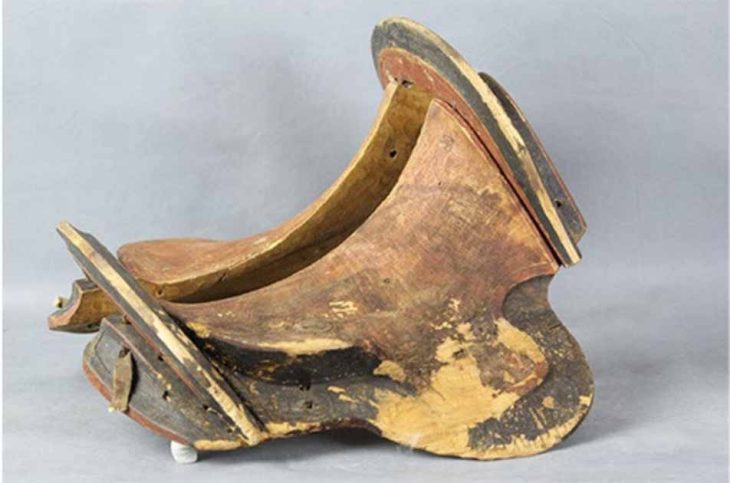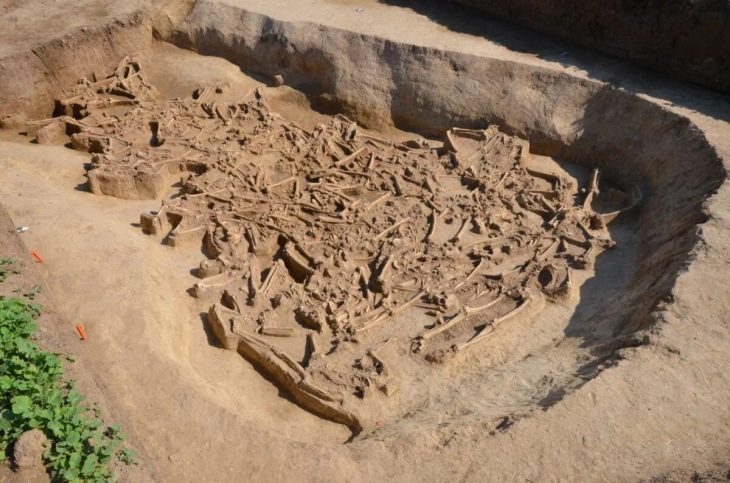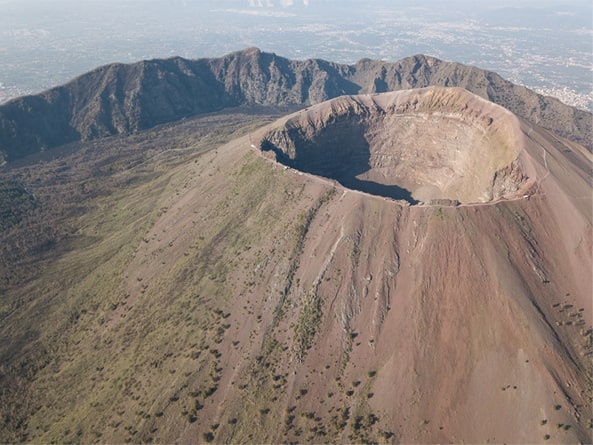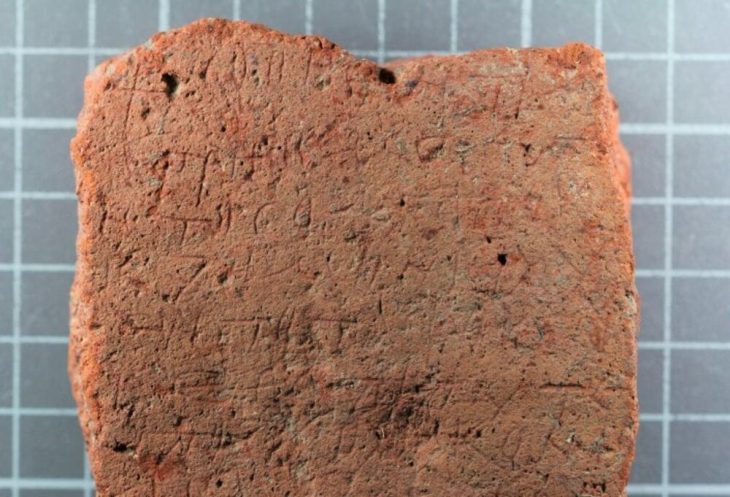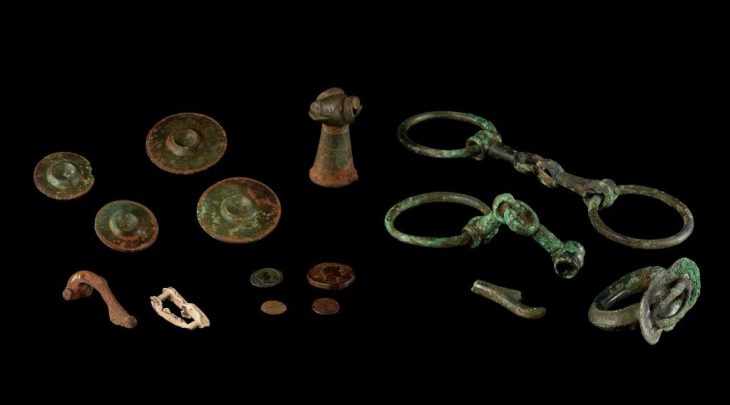During a routine excavation ahead of a major urban development in the Waalfront district of Nijmegen, municipal archaeologists have uncovered the foundations of a vast Roman-era structure believed to have had a public function.
Located on the former grounds of the Roman city Ulpia Noviomagus, the newly discovered building stretches at least 30 by 35 meters and features a large inner courtyard of 20 by 25 meters, partially enclosed by double stone walls. One of the most striking finds is a set of limestone column fragments, suggesting that the courtyard may once have been surrounded by a colonnade — an architectural feature often associated with monumental Roman buildings like markets or administrative halls.
A Rare Discovery Near the River
What makes this discovery particularly noteworthy is its proximity to the Waal River, in an area where no intact Roman structures had previously been documented. This suggests that the ancient city of Ulpia Noviomagus extended closer to the river than previously believed.
“Each new find helps us add more pieces to the puzzle of Nijmegen’s Roman past,” said Tobias van Elferen, Alderman for Cultural Heritage. “The scale and design of this building imply a significant public function within the ancient city.”
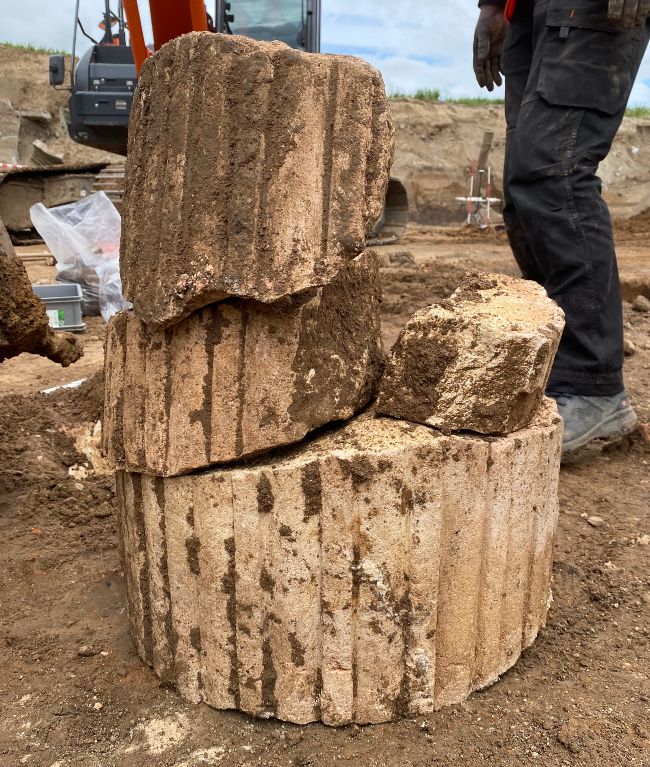
In addition to the structural remains, archaeologists also unearthed Roman roof tiles, pottery shards, and daily-use artifacts, offering further evidence of a once-vibrant Roman settlement.
📣 Our WhatsApp channel is now LIVE! Stay up-to-date with the latest news and updates, just click here to follow us on WhatsApp and never miss a thing!!
Urban Development Meets Ancient History
The excavation site lies within the future Waalkwartier West, a major development project that will include hundreds of residential units, a parking garage, and public spaces near the Honig complex. While much of the Roman layer is being preserved in place, the section beneath the planned residential tower could not be saved, prompting the urgent dig.
However, the full extent of the Roman structure remains unclear. Its northern walls vanish under the riverbank’s retaining wall, while its eastern boundaries stretch beyond the current excavation zone.
The Legacy of Ulpia Noviomagus
Founded shortly after 70 AD on the ruins of Oppidum Batavorum, Ulpia Noviomagus was the first and largest Roman city in what is now the Netherlands. By the 2nd century, it had evolved into a regional capital complete with a forum, temples, bathhouses, and extensive cemeteries. It is estimated that between 5,000 and 7,000 inhabitants from across the Roman Empire lived there, making it one of the most multicultural centers in the Roman northwest.

The city began to decline around 300 AD, with settlement shifting toward what is now the Valkhof area in modern Nijmegen.
As excavations wrap up by the end of this week, researchers hope to gather more data on the structure’s layout and purpose. While much remains hidden beneath modern infrastructure, this unexpected discovery near the Waal River sheds light on the depth, scale, and civic sophistication of Roman life in the Netherlands — and reaffirms Nijmegen’s status as a key archaeological site in Northern Europe.
Cover Image Credit: Gemeente Nijmegen

